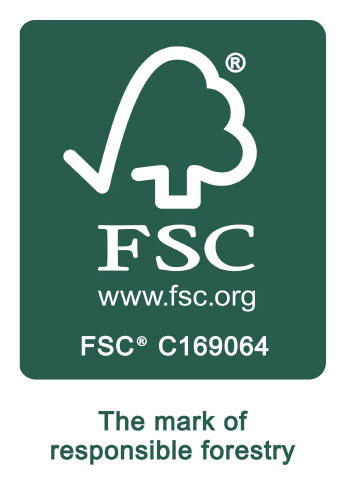With a choice of green, blue and brown bins, sorting out your household packaging waste can be time-consuming. We all know that our consumer lifestyles are having devastating effects on the planet. Most people are therefore willing to separate packaging waste into the appropriate bin, but does it really make a difference?
All EU Member states are given targets to focus attention on waste reduction. On average, each EU resident produced 170kg of packaging waste in 2016 and unless we want to be over-run with litter, it is important that measures are in place to bring this volume down. National programmes have been established to address the issue, known currently as the Packaging Waste Directive.
How Does the UK Rate on Packaging Waste Recovery?
Packaging Waste Directive focuses on reducing the volume of packaging generated. It also promotes the reuse, recycling and recovery of packaging waste. With the supply of household recycling services, the UK had a packaging recovery rate of 70.2% in 2017, which was higher than the 60% target for that year. UK packaging recycling rates were also favourable, at 64.7%, nearly 10% above the target.
This sounds promising, but in the same year, Belgium achieved 99.8% recovery rates and 81.9% recycling rates. Whilst our efforts to sort household waste are clearly making a difference, there is still scope for improvement.
Paper and Cardboard Recycling
In recent years, we have certainly seen a growing number of brands shift to sustainable packaging solutions and clearer labelling. These help consumers to take the right steps towards waste reduction.
Paper and cardboard are the primary packaging materials, accounting for 41% of the waste generated in 2017. Fortunately, 79% of this material recycled, so the paper fibres are reused time and again. This reduces the demand for raw materials and makes paper and card a sustainable packaging solution.
When paper and cardboard has reached the end of its usable life, the vast majority is completely biodegradable. This is in contrast with plastic. As such, we have had an increase in enquiries from companies that are looking for viable alternatives to plastic.
The take up of cardboard packaging for fresh food deliveries and takeaways are examples of a considerable shift in approaches. A few years ago, it was common to be served a fish and chip supper in polystyrene boxes, now cardboard boxes are being widely adopted. Many of the supermarkets have also introduced measures to replace plastic packaging with cardboard, glass or cans.
Play a Part in Waste Management
Whilst Governments and Manufacturers are focused on achieving the 2020 EU waste management targets, we can all play our part in reducing our environmental impact. When there is the option to refill, reuse or recycle, we can make the right decision. Consumer influence will encourage more companies into action.
If your company are considering cardboard solutions for packaging, window displays, point of sale stands, postal boxes or even the creation of products, give Aylesbury Box Company a call on 01296 436888. Our team has the knowledge to advise, work with you on design ideas, manufacture and print robust cardboard solutions.
